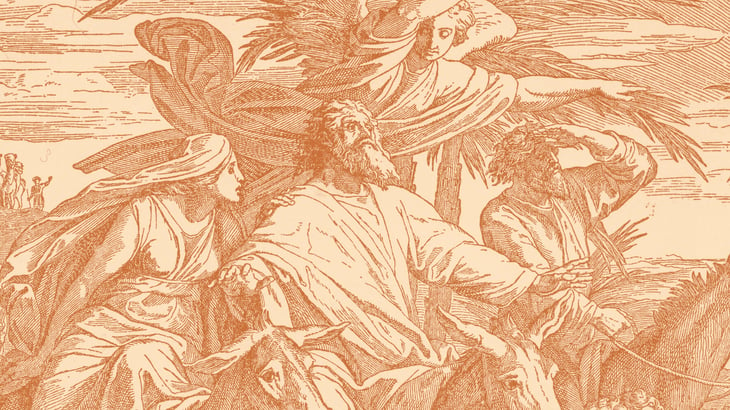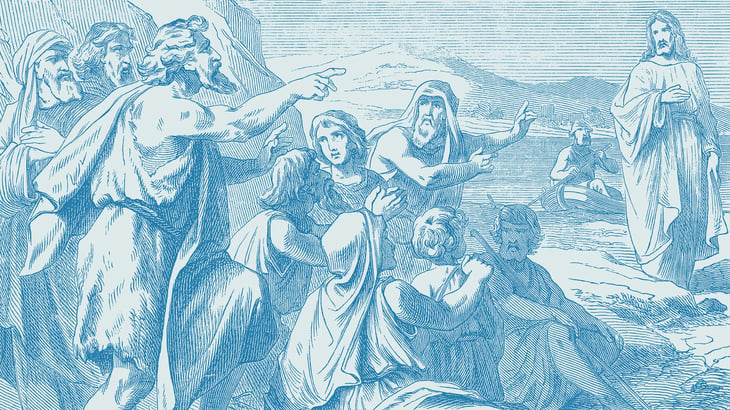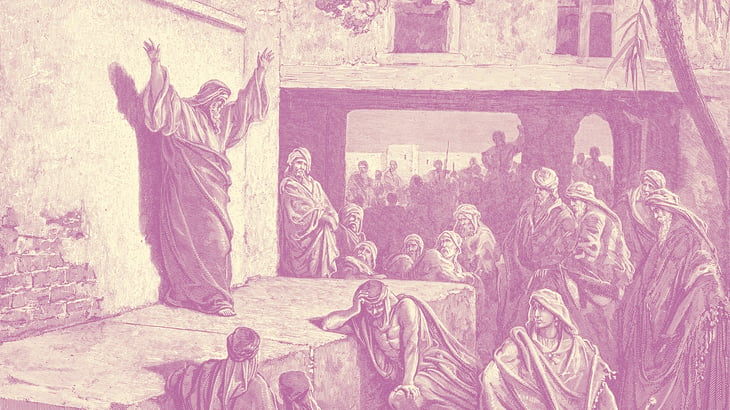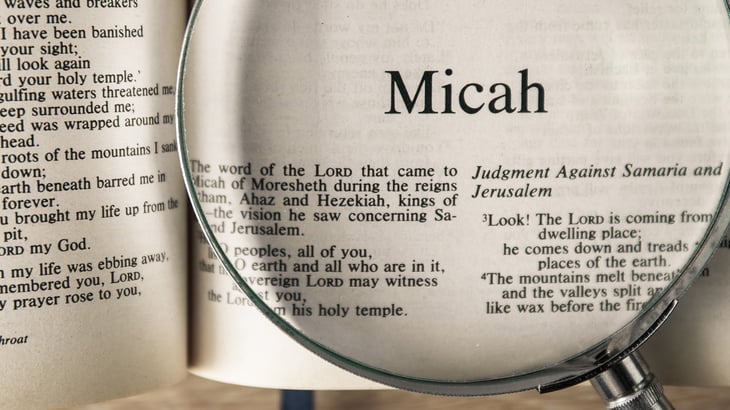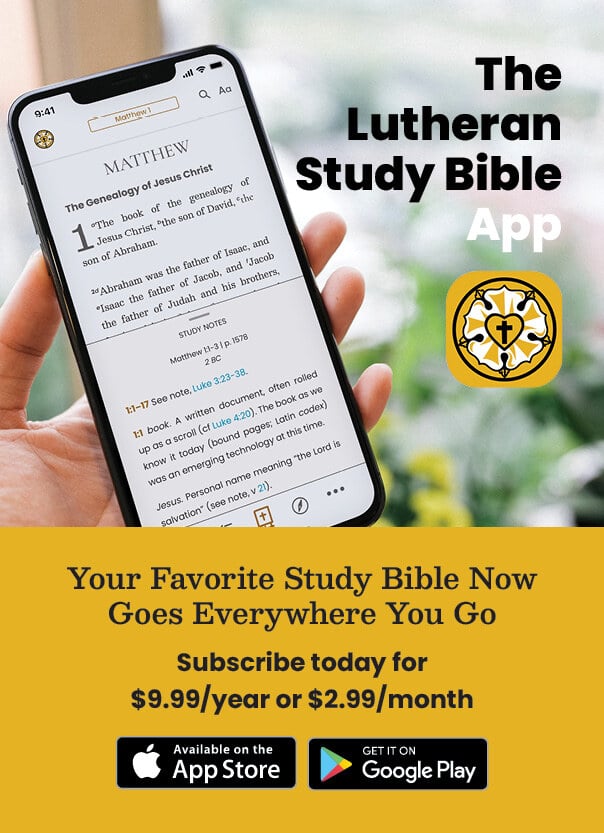Genesis and God’s Salvation Plan
Walther’s Sermon for The Epiphany of Our Lord: Matthew 2:1–12
This post is adapted fromGospel Sermons: Volume 1by C. F. W. Walther.
Today’s text [Matthew 2:1–12] related the first revelation of the newborn Savior to the heathen. In the past twelve days we have, so to speak, celebrated the Christmas of the Jews. Today we celebrate the Christmas of the heathen; this concerns us above all, we who descend from heathen ancestors. Therefore, we are in order to mention today that work by which ever more heathen should be brought to the knowledge of their Savior; I mean mission work.
The Gathering Light of Epiphany
The season of Epiphany is one that often gets overlooked in the Church Year calendar. We’re on board for Advent and Lent, with many congregations meeting midweek to mark these penitential seasons.
Much like the seasons of Christmas and Easter, the season of Epiphany is sparked by a specific feast day that colors the rest of the season. On the Feast of Epiphany (January 6), we observe the Magi visiting Jesus and bringing Him the gifts of gold, frankincense, and myrrh.
To Us a Child Is Born: Luther’s Interpretations on Isaiah 9:6–7
Christmas is a time of celebration that the Savior of the Nations is born! His name is revered throughout the earth as we rejoice in God’s promises fulfilled. Isaiah 9:6–8 is an incredibly well-known verse about Christ’s birth. Read Luther’s commentary on these verses from Luther’s Works, Volume 16: Lectures on Isaiah Chapters 1–39 below.
Digging Deeper into Scripture: John 1
Today, as we read John 1:6–8 and 19–28, we can connect the message of John the Baptist to God’s presence among the Israelites wandering in the wilderness prior to entering the Promised Land. John, Christ’s herald, is not himself the light, but he will eventually baptize the light, Jesus. This begins Jesus’ ministry, at the end of which, He will die and rise again to open the gates of heaven.
Luther’s Introduction to Micah
This post is adapted from Luther's Works, vol. 18 (Lectures on the Minor Prophets I).
When the destruction of the Jewish people was imminent, when the new age and kingdom—namely, Christ—were coming, God sent many great prophets to cry out and lament about the coming destruction of the entire people so that at least some who heard the preaching of a threatening evil might believe, be converted, and, thus converted, be saved. In this way they might delay that terrible and wretched destruction. Thus at the same time prophesied Amos, whom I regard as the first, Hosea, who must be counted after Amos, and Micah. Isaiah also prophesied at the same time, although he would have been the last of these. Now all of them prophesied about the destruction of the old people and the bringing in of a new people, about the abolition of the external kingdom and the establishment of a new spiritual kingdom which would happen through Christ.
The Scriptural Depth of the Great “O” Antiphons
The hymnody of Advent is exceedingly rich. Among this richness is the classic “O Come, O Come, Emmanuel.” As you open your your hymnal to this hymn (357), you will also find the Great “O” Antiphons. These ancient prayers have long been used to count down the days until Christmas. As you can see, each begins by addressing the Lord with a different phrase: “O Wisdom,” “O Key of David,” “O Emmanuel,” and so on.
Digging Deeper into Scripture: The Final Judgment
In Matthew 25, context plays a vital role to interpreting Jesus’ explanation of the final judgment. Jesus has made his triumphal entrance into the city of His crucifixion. Our Lord has taught many things: the parable of the two sons, in which the son who first refused to work in the vineyard changes his mind; what the signs will be of His return and how humanity will remain ignorant of the date; the parable of the ten virgins. These all stress a central theme—Christ’s return and the necessity of salvation in Christ alone.
Luther’s Catechism Series: Marriage
This post is adapted from Commentary on Luther's Catechism: Confession and Christian Life by Ablrecht Peters.
The Integrity and Authenticity of the Book of Micah
This is an adapted excerpt from the Concordia Commentary on Micah by Jason R Soenkensen.
Up until the late nineteenth century, the book of Micah was regarded as the work of the prophet Micah of the eighth century BC. Jeppesen surveys the progression of critical views on the book in detail, but included here are a few highlights. In his second edition of Die Propheten des Alten Bundes, Ewald estimated that chapters 6–7 did not come from the prophet Micah. In an 1881 article, Stade theorized an even smaller corpus of genuine material; it included chapters 1–3 with the exception of 2:12–13.25 Marti affirmed the positions of his predecessors but further limited the corpus of Micah’s material, excluding 1:2–5a, 7, 10–15; 2:5; and 3:3b.
